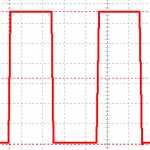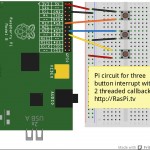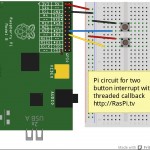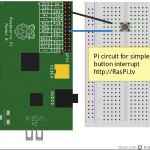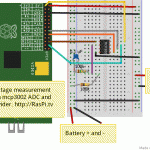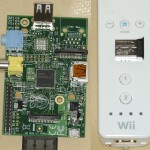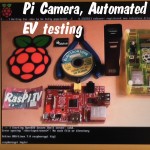
In the 4 weeks since the Pi camera came out, I’ve spent a fair amount of time testing and fiddling with different things. I’ve also made two RasPiCamcorders – I hope to document the Mk2 version soon. It’s the reason I haven’t blogged much in the last week. I’ve been working on the hardware and software for it. One thing I hadn’t done until this week was test out the various settings for exposure compensation and white balance. Previously, I’d only used the automatic settings, which work pretty well. But there are some circumstances where […more…]



